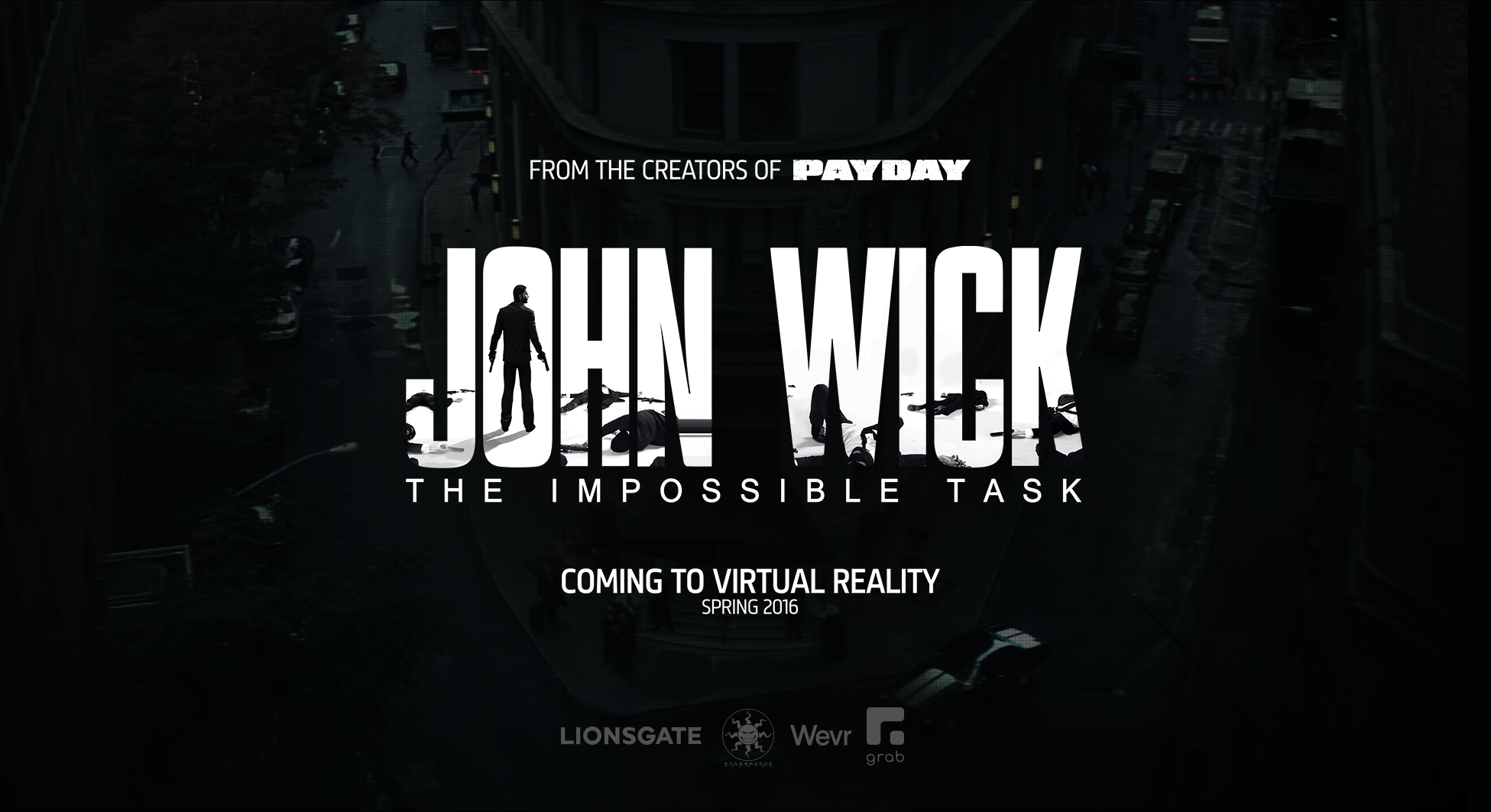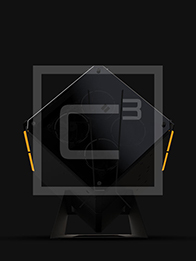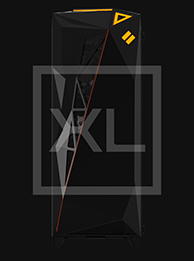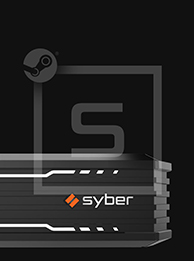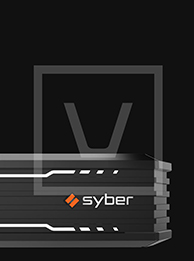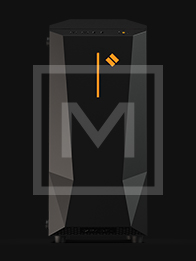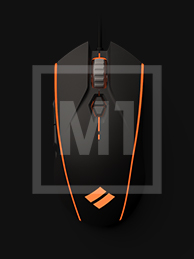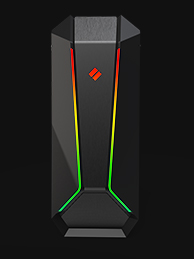We’re sure it’s on the mind of many PC purchasers out there; the lure of building a computer from the ground up is tempting. There’s a lot to learn, the build you make can be customized however you want, and there’s the notion the end result will always be cheaper. We at Syber are here to dispel some beliefs, starting with probably the most feared of DIY problems—
What you bought just doesn’t work
It’s happened plenty of times—the power supply you purchased is proprietary to an older Dell machine. The video card doesn’t have enough power. The processor socket doesn’t match. The fan profile is too high for the case. There are plenty of factors to keep in mind when purchasing parts. It’s terribly easy to overlook one small detail, causing the build to go from probable to ruined. What’s worse is getting parts over several weeks and keeping them at bay until all the parts are ready for assemblage—parts that don’t work together may be outside of return policy deadlines. Even the most seasoned PC builders come across X factors that render a build impossible. And the weirdest part? Piecing together everything perfectly may still not boot up properly. It’s in the minute details that aren’t always apparent, and sometimes when details aren’t apparent…
What you bought won’t work
It doesn’t take Storm from X-Men to send a crippling ESD throughout a computer part. An electrostatic discharge (ESD) as low as 400 volts can kill your shiny new motherboard. Typically, people can’t feel discharges below 3,500 volts, so if you’ve fried your board, you wouldn’t even know it. There isn’t an indicator to inform builders of their static build-up. It’s difficult to get

This will kill a component.
the perfect environment to work with hardware, but most people ensure they work on tile and use electrostatic wristbands or similar devices. Even still, some ESDs aren’t powerful enough to do an insta-fry, but they still affect the hardware over several weeks. Static’s a killer for DIY.
What you bought doesn’t always work
There’s a satisfying feeling with booting up a just-built computer and seeing it launch into OS installation. However, that doesn’t suggest everything is working as it should be. We’ve seen countless DIY builds where reset buttons are lovely do-nothing switches. Even if the computer operates, not every function might be…functional. The severity can range—a USB port is a minor nuisance, but a fan can be a major headache. That satisfying feeling can turn south if your processor turns to sludge because of an improperly seated fan.
What you bought is inflated and overpriced
It’s tempting to consider a video card with six gigabytes of RAM versus a card with four. Therein lies the problem—RAM on video cards is often used as a marketing tool on video card boxes. There’s heaps more specifications on the video cards that determine a card’s output, and the tempting card likely doesn’t even use the extra RAM to it’s maximum potential. It’s very difficult to

Just one part can cripple a DIY project.
determine hardware output just from the box alone, and picking the wrong part might hurt your wallet more than expected. The level of research and effort to figure out what each specification means can be maddening, and often times not worth it because of the time and money investment.

